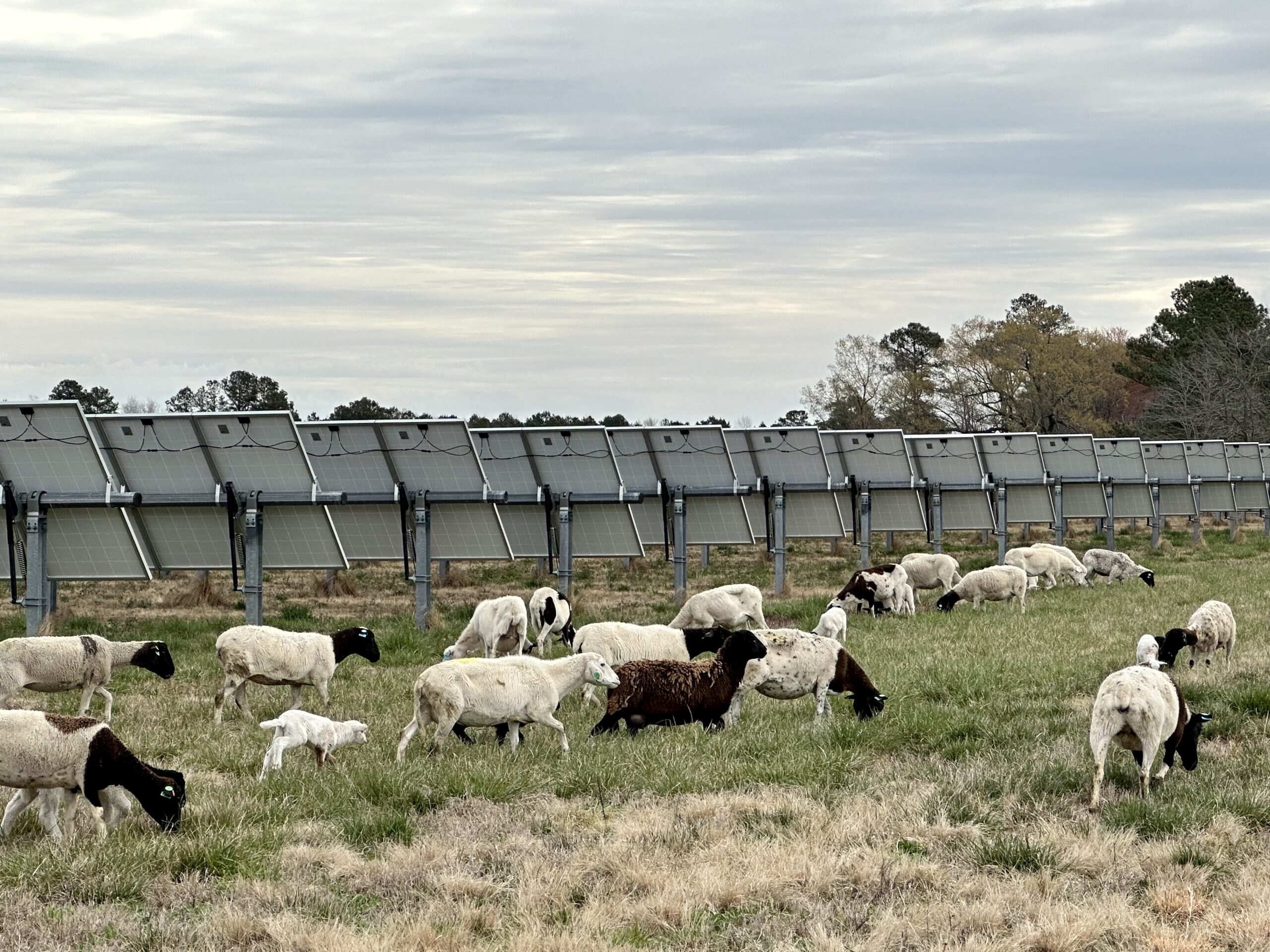The Positive Environmental Impacts of Solar Grazing
By: Jess Gray · Jan. 29, 2024 · 5 min
Solar grazing, a practice integrating solar energy production with agricultural grazing, presents an innovative approach to land use, yielding significant environmental benefits. This innovative synergy generates renewable energy and supports sustainable agriculture, biodiversity, and numerous environmental benefits:

Solar Grazing Offers A More Sustainable, Eco-Friendly Option
Agrivoltaics represents a forward-thinking fusion of agriculture and photovoltaic solar energy production, embodying a multifaceted solution to some of today’s most pressing environmental challenges. This innovative approach maximizes land use efficiency by allowing for the simultaneous generation of renewable energy and cultivation of crops or livestock grazing but also significantly contributes to water conservation, soil health, and biodiversity. By creating a microclimate beneficial for plant growth, reducing the need for chemical inputs, and enhancing carbon sequestration, agrivoltaics aligns with sustainability principles and ecological balance. It also offers a promising avenue to mitigate land-use conflicts between energy and food production, addressing the global need for renewable energy sources and sustainable agricultural practices.
With the capacity to support local economies and bolster food and energy security in the face of climate change, agrivoltaics stands out as a key component of future eco-friendly energy production, showcasing a harmonious integration of technology and nature.
About Jess
Jess Gray is the CEO of Gray’s LAMBscaping, LLC, overseeing the company’s financial management, policy development, logistics, and reporting. As a 2023 Nuffield International Agricultural Scholar, Gray has represented her company in over half a dozen countries, focusing her research on integrating solar energy with livestock grazing.



